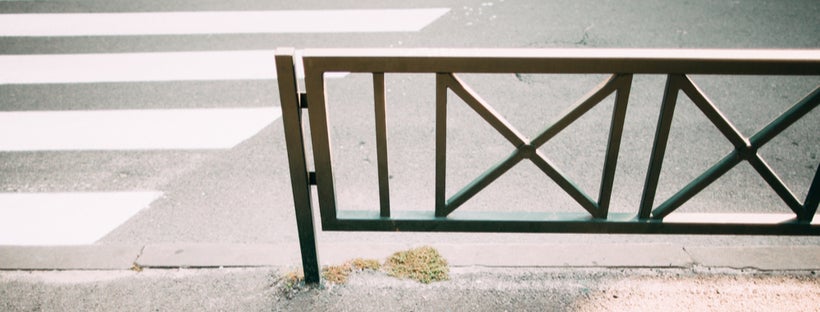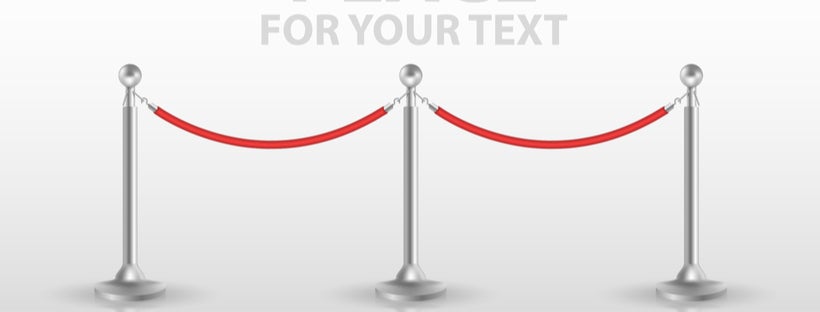Controlling the crowd at any event can be an overwhelming task. Even a small group of people, if not managed well, can lead to mishaps. Crowd control barriers or pedestrian barriers act as effective tools to keep the crowd safe at any event
There are a range of different crowd control barriers available based on the kind of crowd you are dealing with, the type of threats or challenges your audiences are exposed to, and what kind of barriers you are trying to install. When set up the right way, barriers keep people in high rush places, such as concerts, sale weekends, and festivals, safe from injuries and crowd surges.
Here are some tips to correctly set up crowd control barriers and compliance signs:
Thoroughly Plan the Design

One of the most important things here is to think about the design and layout beforehand when putting up barriers to control masses. Different situations and events demand different arrangements of barriers. Among the main questions you need to answer here is what kind of event you are going to use the barriers for.
If the goal is to build a street barrier, focus more on the areas that can hold people to keep crowds safe outside of the event space and plan exits away from the main event. If the purpose is to build a queue, you need to have a clear and well-planned entrance, an expandable queue, and a clear exit/checkout point. Make sure to set up your barriers in a way that both the entrance and exit points remain free from crowds.
Transportation
Another important consideration when setting up barriers and compliance signs is transportation. These barricades are heavy in general, and moving them from the place of storage to the location of the main event can get very challenging if not planned well.
The best thing to do to prevent damage is to use barrier stillages, special frames that can hold many barricades together and be lifted from one place to another using a forklift. When setting the barrier to manage the crowd, it is important to make sure that either you or your staff members are always present around it.
Set Up Your Barriers Early

The best thing to do to get the maximum out of your crowd control barriers is to set them up quite early – ideally one day ahead of the main event. This is simply because an event, concert, sale, or festival crowd would never let you set up barriers once the event starts, regardless of how well planned your efforts are.
Besides, some guests during such events always show up early. If it’s for a concert or a sales event, for instance, you might have a crowd coming and lining up a day prior to the event, and you don’t want chaos building up in such a situation. Ideally, people coming to the main event should see a crowd control queue already set up. It helps reduce confusion and indicates that the queue will move ahead in a clear and orderly manner.
Keep Some Space for Exits and Gates
It is difficult to take apart a line of barriers once you’ve arranged them in crowded places. This is because removing one barrier from a line is likely to disrupt the whole queue. Therefore, it is essential to plan in advance and decide where to have breaks in lines or set up gates in the queue in a strategic manner.
This will also allow you to manage emergencies more effectively as the crowd will be able to leave quickly. Your staff or security professionals will also have easy access to any point of the queue.
Keep a Check on the Barriers

Setting up and managing pedestrian barriers demand a lot of ongoing work. Once set up, these barriers and the people enclosed within these spaces need monitoring too, as huge crowds can lead to disruptions due to excitement or boredom in a confined space.
Crowds soon get impatient and may try to cut the line either to use the washroom or simply ask for something. For concerts and sports events with huge queues, it’s very helpful to have a designated staff to check and monitor or simply remind people at regular intervals to keep calm and maintain order.

 Posted in
Posted in 



